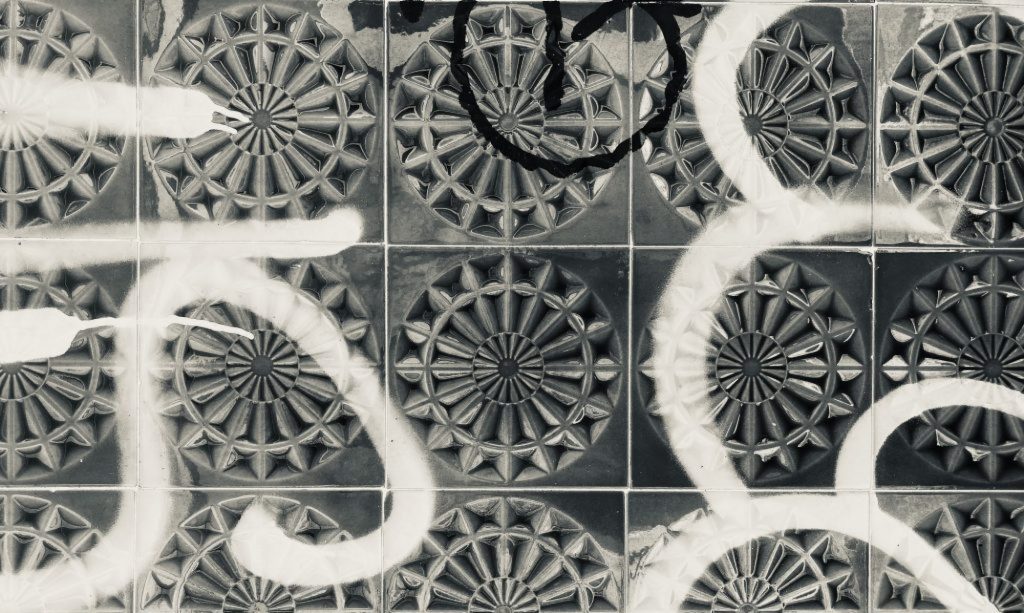Reflecting on Rekis’ (2023) paper, the dominant religion of a society often sets the standard for acceptable behaviour—implicitly shaping what is normal, credible, and institutionally valid. This is problematic in educational institutions when there is a degree of ambivalence to religious or cultural needs. Even with inclusive aims, the default setting of systems often assume that students must adapt to the system (which is influenced by biased structures) not the other way around. Accommodating every religious or cultural observance equitably is difficult within an institution systemically embedded within Christian-majority norms. Academic calendars, for example, rarely account for non-Christian religious holidays.
This plays out in my own teaching context. The Lunar New Year can coincide around summative assessment period in the final year. Once assessment dates are set, we sometimes see an uptick in students—mainly from East Asian backgrounds—notifying us of illness, family emergencies, or urgent travel. While this is anecdotal and unverified, I suspect many of these students are going home to celebrate Lunar New Year with their families. Regardless, we accommodate for the students, but the system itself is not designed to flex. Final-year units are 60-credits or 15-weeks. Staff, like myself, are under added stress to arrange alternative assessments, and students often carry the stress of feeling unable to be transparent about their reasons, presumably. This creates a friction point—culturally and administratively––and likely affects one’s sense of belonging.
In the broader context, these challenges raise questions about how secular institutions navigate faith. In the U.S., the separation of church and state tends to mean “keep the state out of my religion”—with a bias and caveat for Christian religions. In France, under laïcité, it’s more about “keep religion out of my state.” Both models struggle with pluralism in practice. Universities must support freedom of religion while maintaining secular governance, but this is not a simple balancing act as the religious, the cultural and the social are deeply interconnected beyond academia. Both interpretations can be harnessed for either equitable or oppressive purposes. As Buchanan (1992) describes, this is a “wicked problem”—one with no clear solution and multiple, conflicting demands.
Kwame Anthony Appiah’s (2014) talk argues that “religion” is not a singular, definable thing. The very idea of religion as a category was constructed through Euro-centric efforts to compare other cultures to Christianity. The result is a list of “world religions” that may not reflect how people actually live or practise. Beliefs and customs vary by geography, community and individual experience. Religion is not fixed—it is lived, negotiated, and intersectional. Appiah’s conclusion that “there is no such thing as religion” speaks to this point: using the label of “religion” uncritically flattens the complex ways people relate to faith, ethics, and community as part of their identity.
Adding to this, Jawad (2022) challenges the assumption that religious expression such as wearing the hijab is inherently oppressive and instead reveals how Muslim women actively assert agency within constraining institutional frameworks. Religious identity is not just belief, but also embodied practice, and something easily marginalised by secular systems that claim to be neutral.
My own perspective is shaped by a Catholic upbringing. I attended Catholic schools through my early education, and then Jesuit high school and university. I consider myself fortunate to have been educated in a liberal religious environment that encouraged study of religion and cultures and open inquiry. I no longer identify as Catholic, but I still go to mass with family around holidays as tradition and culture––Catholic culture is part of my identity but I don’t identify as Catholic. Furthermore, that education taught me to read religious texts as human documents—rooted in history, struggle and hope; records of people trying to make sense of human experience, suffering and morality.
References
Appiah, K.A. (2014) Is religion good or bad? (This is a trick question). [YouTube]. TED. Available at: https://www.youtube.com/watch?v=X2et2KO8gcY (Accessed: 23 May 2025).
Buchanan, R. (1992) ‘Wicked problems in design thinking’, Design Issues, 8(2), pp. 5–21.
Jawad, H. (2022) Islam, Women and Sport: The Case of Visible Muslim Women. [Online]. Available at: https://blogs.lse.ac.uk/religionglobalsociety/2022/09/islam-women-and-sport-the-case-of-visible-muslim-women/
Rekis, J. (2023) ‘Religious identity and epistemic injustice: an intersectional account’, Hypatia, 38, pp. 779–800.
Trinity University (2016) Challenging Race, Religion, and Stereotypes in Classroom Available at: https://youtu.be/0CAOKTo_DOk
